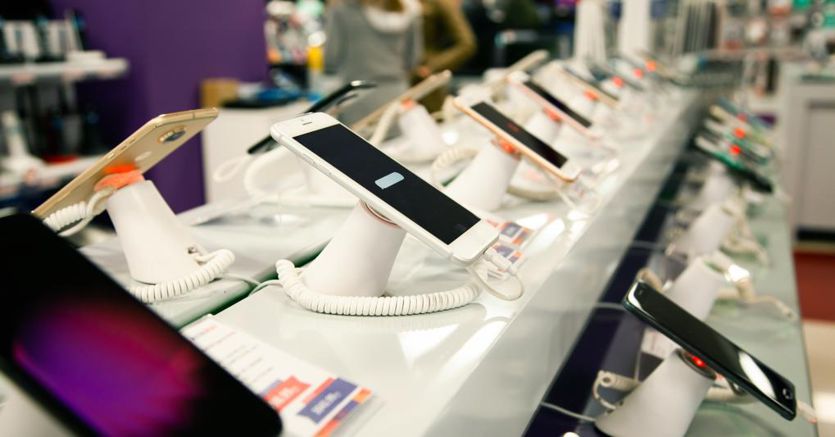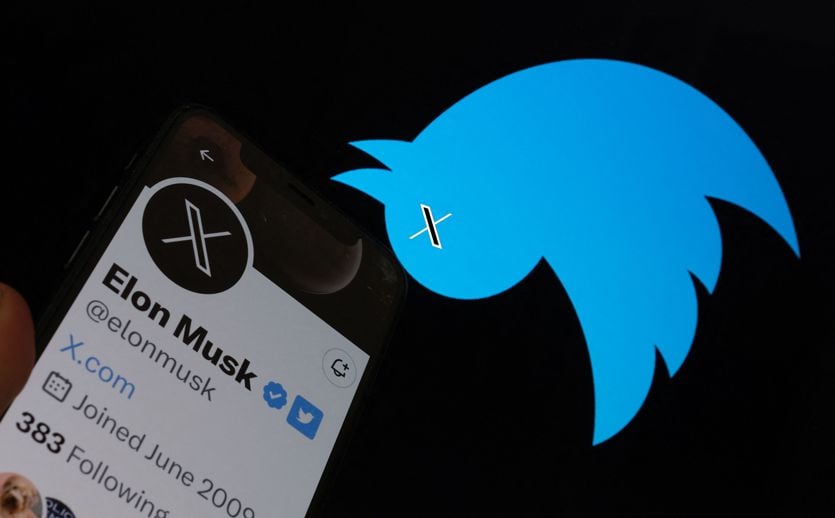Mobile telephony, is it worth spending more or less than ten euros a month? The guide to choosing the tariff

On the one hand, those who agree to spend at least ten euros a month. On the other, those looking for savings at all costs. By now the Italian mobile telephony market is clearly divided into these two categories. There are many offers for less than ten euros. But those who agree to pay about 50 percent more access another world of advanced services.
A new survey by the SOStariffe.it and Segugio.it Observatory aims to clarify this point: what do those looking for maximum savings give up? Conversely, what can we have if instead we agree to pay a few euros more?
Overhead costs increase
The survey takes on greater value in this climate of generalized increase in consumer prices. Mobile tariffs are also rising, in truth, according to this same new research. The mobile phone tariffs available in May 2023 have 2,860 minutes, 1,872 SMS and 129 GB with a periodic cost of €10.14 per month. Compared to the Observatory's survey last January, there is an increase in the number of gigs included (they were 114 GB in January) as well as an increase in the average fee (which in January was equal to 9.74 euros per month).
The difference of GB
By dividing the offers into two macro-groups, one made up of offers with fees of less than 10 euros per month and one of offers with fees equal to or greater than this threshold, it is possible to obtain an even more detailed picture of the current market. «The threshold of 10 euros per month continues to represent a real barrier which, for many consumers: differentiates affordable tariffs from tariffs that are too expensive», note the authors of the study. The offers for less than 10 euros per month are much cheaper (7.61 euros on average against 16.64 euros), but have fewer gigabytes per month. Not so much less, however - 110 GB against 134 GB - compared to rates with a "double-digit" fee. Choosing a rate of less than 10 euros, therefore, allows you to spend, on average, 9.03 euros less each month, giving up "only" 24 GB. The differences in terms of minutes and SMS included are negligible since, for both groups, there is the possibility of accessing unlimited tariff plans for both calls and messages. “Choosing an offer for less than 10 euros a month, therefore, involves a slightly reduced data bundle but largely sufficient to meet the needs of most users”, note the experts. So if about 100 GB is enough for us, can we choose offers for less than ten euros, perhaps changing operator (if we pay that amount)?
The real difference between the rates
The answer is yes for most users, probably; which says a lot about how much Italian tariffs have come down, to the detriment of the sustainability of the operators' accounts. However for some users the story does not end there. The problem of excess savings is hidden elsewhere. Offers of less than 10 euros per month only in a few cases have additional, advanced services. Only 7% of these offers instead include 5G. The new generation mobile network, on the other hand, is already included in 52% of offers with a fee of 10 euros or more. To access 5G while remaining below 10 euros of monthly expenditure, therefore, the options are still few. This is because most virtual operators (covering 78% of offers in this price range) do not yet have 5G. This is the case of the cheapest offers ever, those of Spusu, from 3.99 euros upwards for example. Above the threshold of the survey, however, the virtual operators have a lower weight (representing 52% of the offers) and 5G becomes much more widespread. If we are not interested in 5G, perhaps because we are not yet covered by the "real" one (at gigabit speeds, now present in a few cities) this point does not interest us. But perhaps for the typical user the biggest sacrifice is another. Rates of less than ten euros only in 23% of cases have a smartphone in installments (at reduced prices compared to the official list prices). By choosing a rate of at least 10 euros, however, this percentage rises to 56%. However, it is now possible to have smartphones in installments even in many online stores, where you can also find important discounts.

Do we want to use the comfortable eSIM?
They are accessible only with 32% of offers for less than 10 euros against 56% of offers with a fee of at least 10 euros. Last point: the savings and the additional bonuses that can be obtained with fixed-mobile convergence, ie by choosing the same operator for both services. Few mobile tariffs of less than 10 euros allow convergence: 20%. Against 52% of rates of more than 10 euros. It follows that those who want these advantages and have the possibility (and the will) to take a fixed and mobile network from the same operator must agree to pay a little more for the mobile part. However, it should be considered that the total cost (fixed plus mobile convergent) can in any case guarantee savings. Thanks precisely to the discounts obtainable with the convergence. Then there are additional advantages in the convergent choice. The most recent is Wi-Fi calling, a lifeline for those with signal problems at home. If you have landline and mobile internet with the same operator, you will be able to make calls at full signal wherever Wi-Fi arrives.











